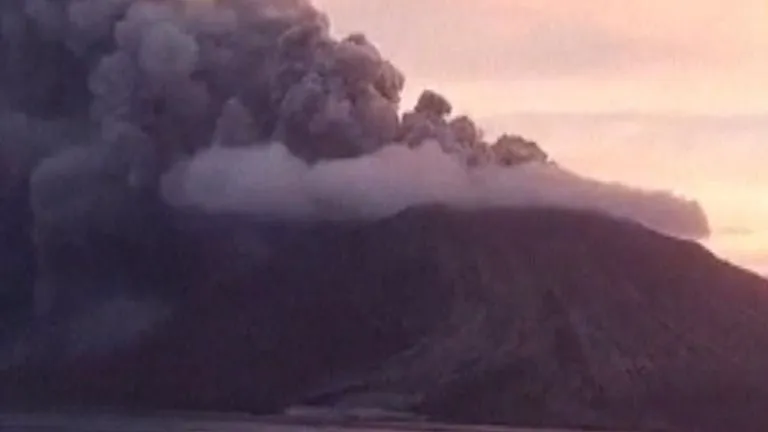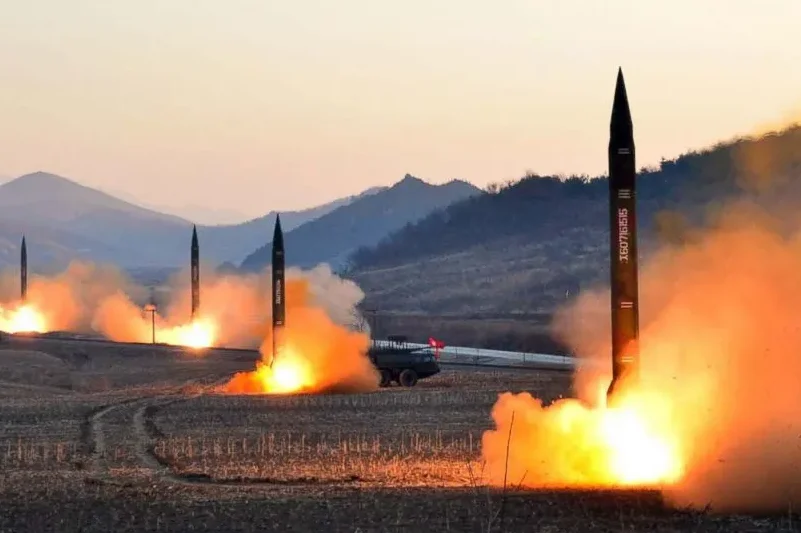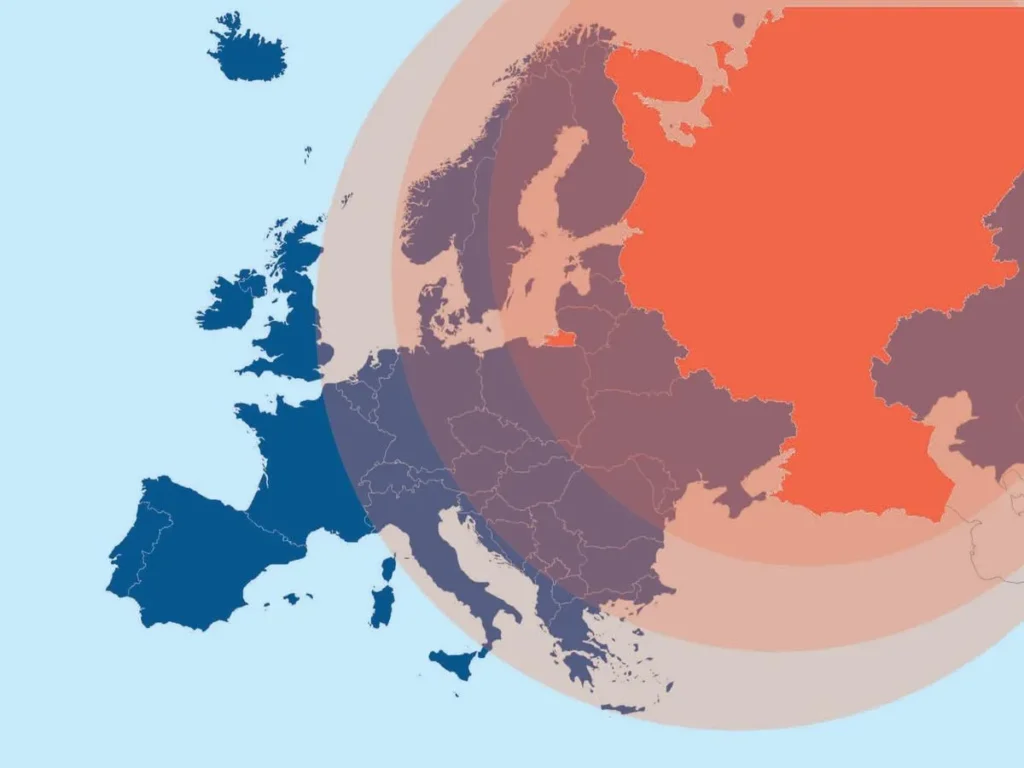Risks of the eruption of Mount Ruang
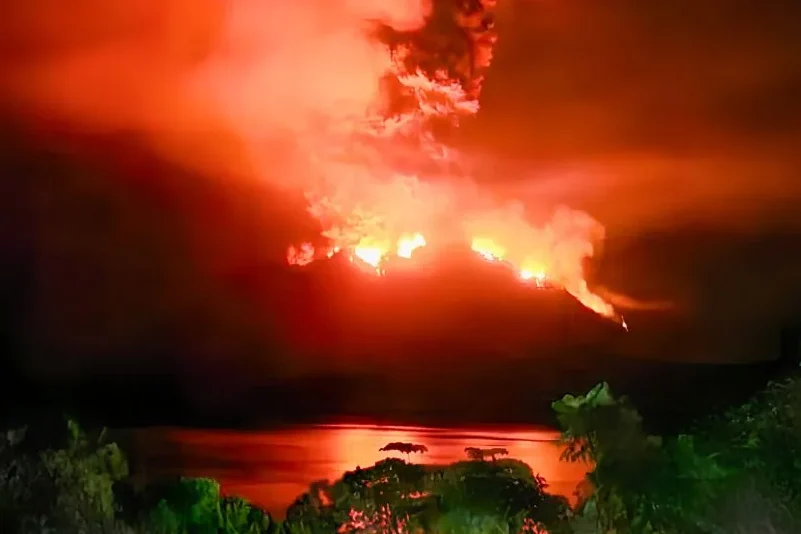
The eruption of Mount Ruang in Indonesia keeps the Asian country on alert; which has caused mind-blowing graphics.
In this sense, the eruption of Mount Ruang in Indonesia, where volcanic gases were released so high that reached the second layer of the atmosphere.
The forceful eruption of Mount Ruang this week sent a plume of ash tens of thousands of meters into the air and sent some volcanic gases more than 19,812 meters into the air, according to satellite estimates, some 7,620 meters higher than a commercial airliner usually flies.
The possible effects of Mount Ruang’s eruption on the climate are beginning to become apparent, although the danger posed by the volcano persists and evacuations continue.
Volcanoes are likely to have a short-term impact on climate – including cooling global temperatures – due to the gases they inject into the upper atmosphere.
But the influence of Mount Ruang’s eruption on climate will likely be minimal, according to Greg Huey, director of Georgia Tech’s School of Earth and Atmospheric Sciences.
About everyday weather conditions near Mount Ruang – such as temperature, clouds and rainfall – probably won’t be influenced by the volcano for a long time, Huey said.
READ MORE: JOE BIDEN’S DAY OF MEETINGS: SAMSUNG DEAL.
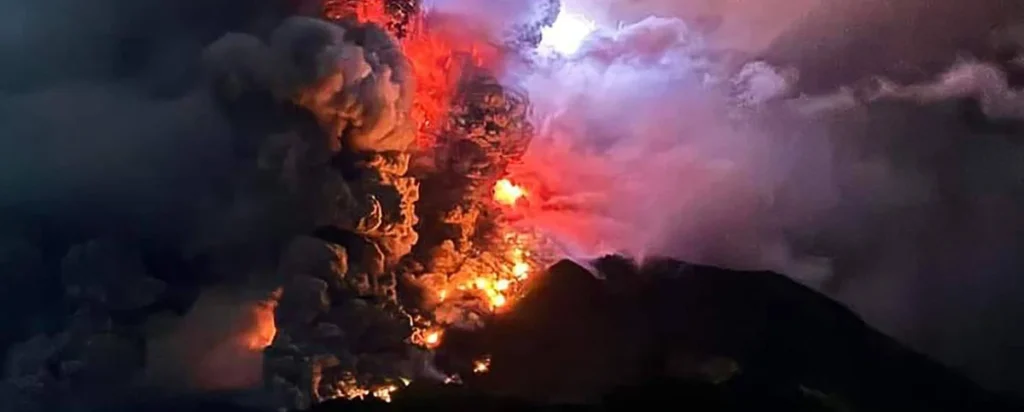
Risks of the eruption of Mount Ruang
Mount Ruang, a 725-meter-high stratovolcano located on the island of Ruang in Indonesia’s North Sulawesi province, erupted at least seven times since Tuesday night, the country’s volcanological agency reported.
Stratovolcanoes can produce explosive eruptions because their conical shape allows gas to accumulate, according to volcanologists.
Volcanic ash is usually a mixture of crushed solids – such as rocks, minerals and glass – and gases, such as water vapor, carbon dioxide and sulfur dioxide, according to NASA.
“Ash is short-lived in the atmosphere because it’s heavy, large and tends to settle out quickly,” Huey explained to CNN. It’s the gases that can get much higher in the atmosphere.
The eruption of Mount Ruang could generate dense ash near the surface creates hazardous air quality and causes a temporary cooling effect by blocking warming sunlight. Once the active eruption ceases, the ash begins to settle.
Some gases from the Mount Ruang eruption rose so high that they pierced the stratosphere, the second layer of the Earth’s atmosphere.
It is located just above the troposphere, which is where all life and weather occur.
The stratosphere is a very dry place and, according to Huey, normally only gases with a long lifetime, lasting decades, leak into it.
A volcanic eruption is basically the only natural way for short-lived gases – less than a few years – such as sulfur dioxide and water vapor to reach the stratosphere.
Once in the stratosphere, sulfur dioxide and water vapor combine to form sulfuric acid aerosols that create a layer of hazy droplets, according to the University Corporation for Atmospheric Research (UCAR).
These droplets spread far from their entry point and remain in the stratosphere for up to three years, reflecting sunlight back into space and causing global temperatures to cool.
